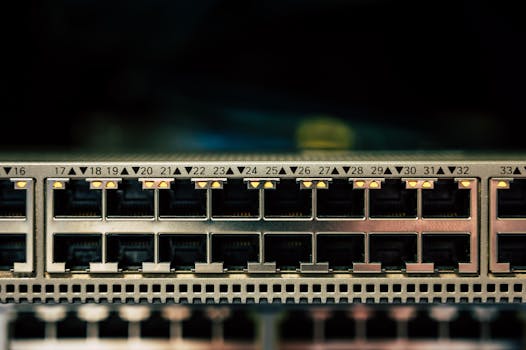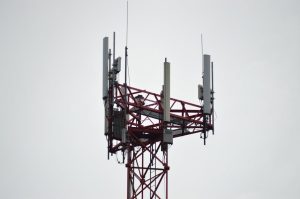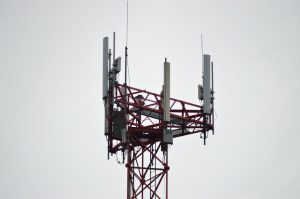
Starlink: The Revolutionary Satellite Internet Constellation
Starlink is a satellite internet constellation developed by SpaceX, a private aerospace manufacturer and space transport services company founded by Elon Musk. The project aims to provide high-speed, low-latency internet connectivity to every corner of the globe, regardless of geographical location or infrastructure limitations. With its cutting-edge technology and ambitious goals, Starlink is poised to revolutionize the way we access and use the internet.
At the beginning of the Starlink project, Elon Musk envisioned a network of thousands of small satellites in low Earth orbit (LEO), working together to provide a fast, reliable, and secure internet connection. Each satellite is equipped with advanced communication technology, allowing it to transmit and receive data to and from user terminals on the ground. The satellites are designed to be highly efficient, using advanced solar panels and propulsion systems to maintain their orbit and communicate with other satellites and ground stations.
How Starlink Works
Starlink uses a combination of advanced technologies to provide high-speed internet connectivity. The system consists of three main components: the user terminal, the satellite constellation, and the ground station. The user terminal is a small, sleek device that can be installed at a user’s home or office, providing a wireless internet connection. The satellite constellation is made up of thousands of small satellites in LEO, each weighing around 400 pounds and measuring about 10 feet long. The ground station is a network of large antennas and servers that communicate with the satellites and manage the flow of data.
The process of connecting to the internet via Starlink is relatively simple. Users install the user terminal, which communicates with the nearest satellite in the constellation. The satellite then relays the data to the ground station, which connects to the global internet backbone. The data is then transmitted back to the user terminal, providing a fast and reliable internet connection. With its advanced technology and robust infrastructure, Starlink is capable of providing speeds of up to 1 Gbps, making it an attractive option for those in need of high-speed internet.
Benefits and Impact of Starlink
Starlink has the potential to bring numerous benefits to individuals, communities, and businesses around the world. One of the most significant advantages of Starlink is its ability to provide internet connectivity to remote and underserved areas, where traditional internet infrastructure is limited or non-existent. This can help bridge the digital divide, providing access to information, education, and economic opportunities for millions of people. Additionally, Starlink can provide a reliable backup internet connection for businesses and organizations, ensuring that they stay online even in the event of an outage or disaster.
Starlink also has the potential to disrupt the traditional telecom industry, providing a new and innovative way to access the internet. With its advanced technology and competitive pricing, Starlink may attract customers away from traditional internet service providers, forcing them to adapt and innovate in order to remain competitive. Furthermore, Starlink may also enable new use cases and applications, such as IoT, smart cities, and remote healthcare, which can have a significant impact on various industries and aspects of our lives.
Challenges and Limitations of Starlink
While Starlink has the potential to revolutionize the way we access and use the internet, it also faces several challenges and limitations. One of the main concerns is the high cost of launching and maintaining the satellite constellation, which may make it difficult for SpaceX to turn a profit. Additionally, the system may be affected by various forms of interference, such as radio frequency interference (RFI) and satellite congestion, which can impact its performance and reliability.
Another challenge facing Starlink is the regulatory environment, which can be complex and unpredictable. SpaceX must comply with various regulations and guidelines set by governments and international organizations, which can be time-consuming and costly. Furthermore, the company must also address concerns around data privacy and security, as well as the potential impact of the satellite constellation on the environment and astronomy.
In conclusion, Starlink is a revolutionary satellite internet constellation that has the potential to bring high-speed, low-latency internet connectivity to every corner of the globe. With its advanced technology, robust infrastructure, and competitive pricing, Starlink may disrupt the traditional telecom industry and enable new use cases and applications. However, the project also faces several challenges and limitations, including high costs, regulatory complexities, and concerns around interference and data privacy.






